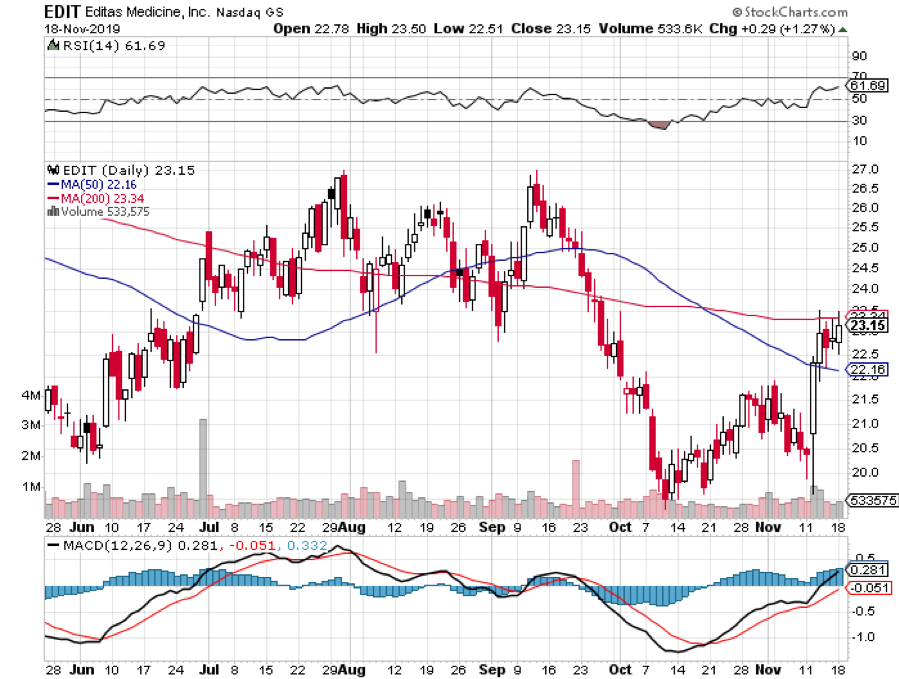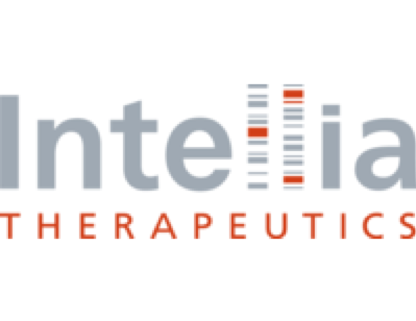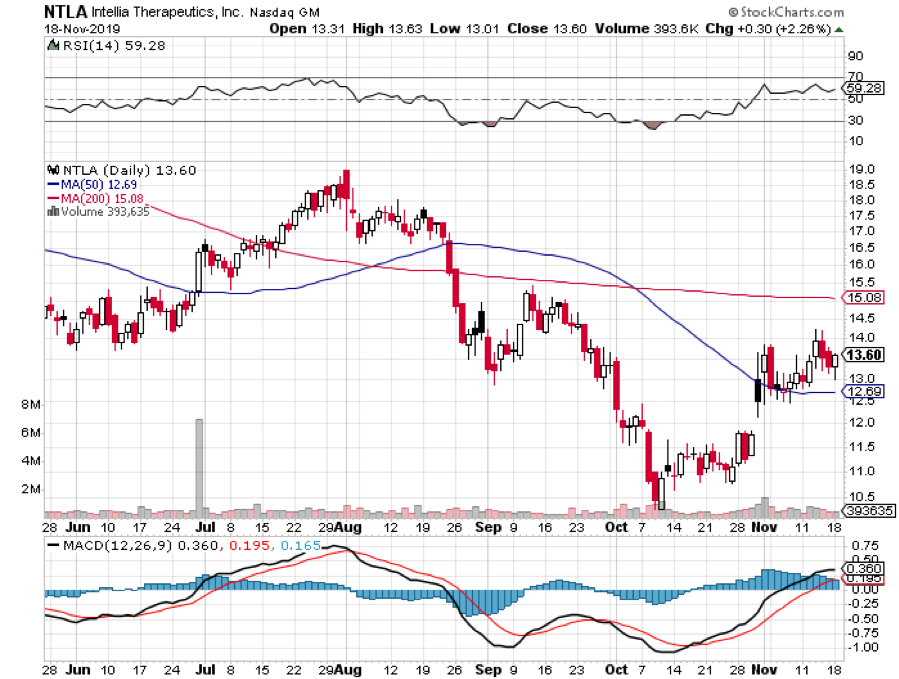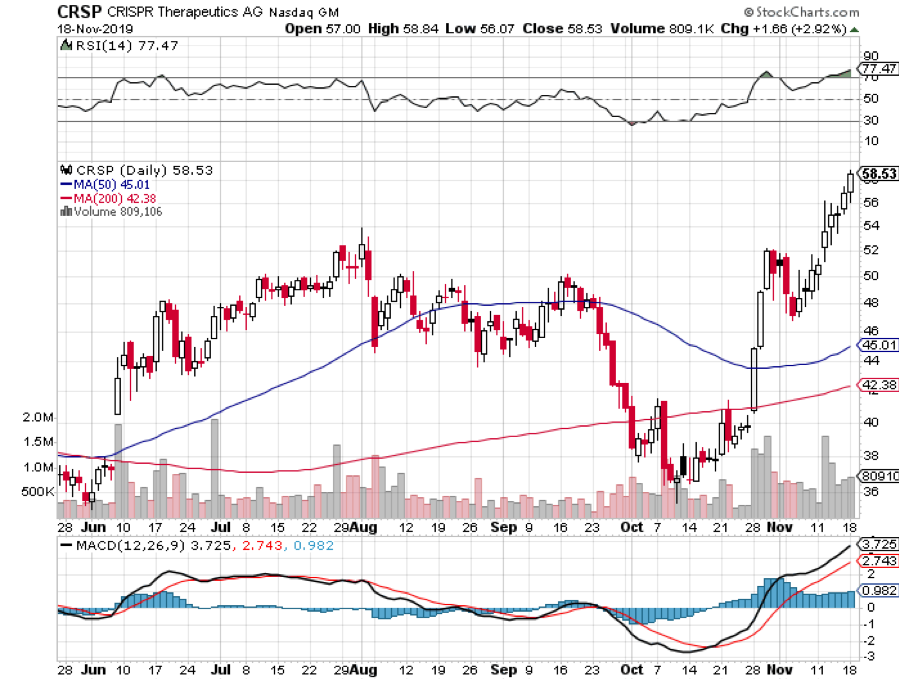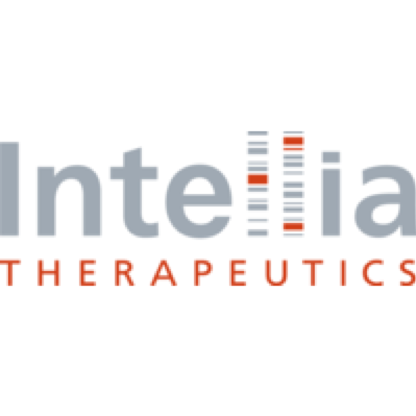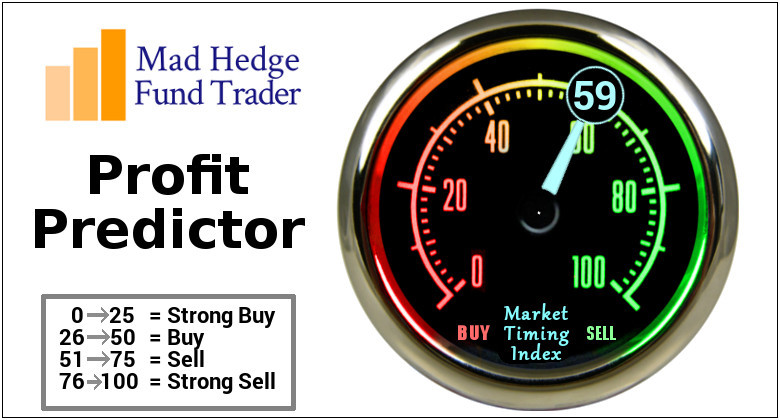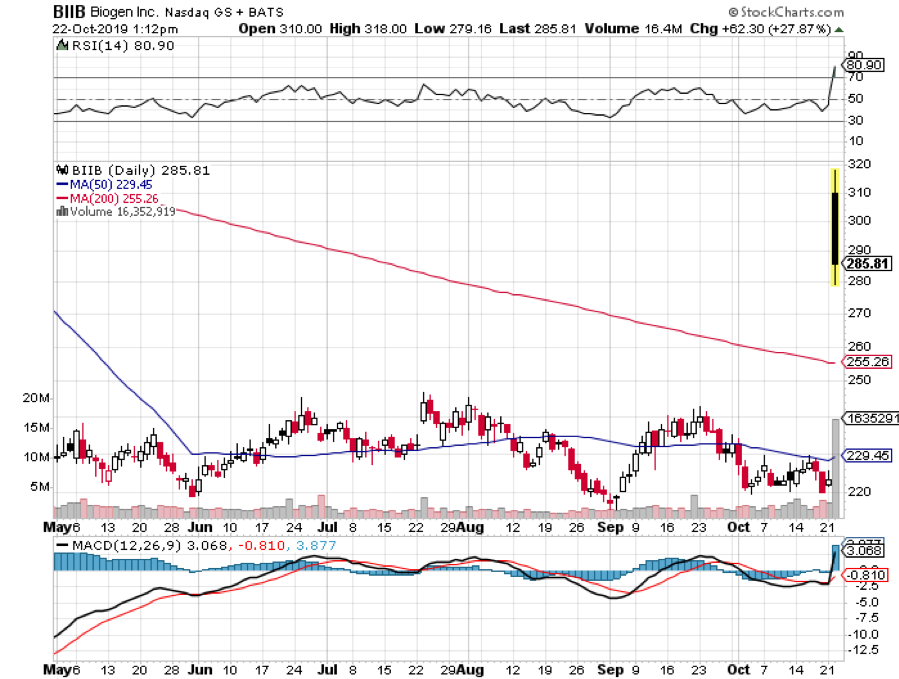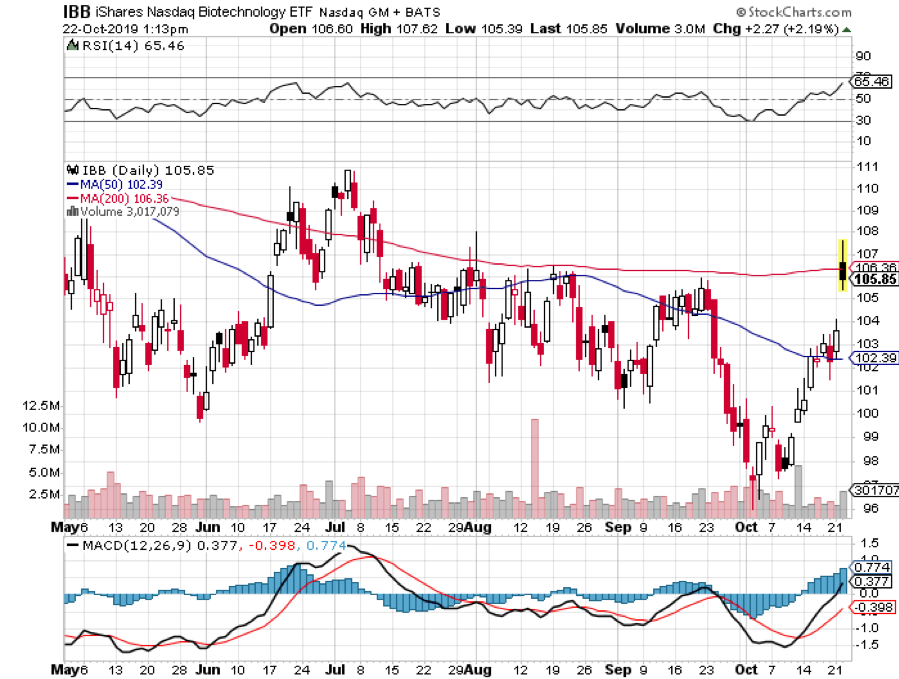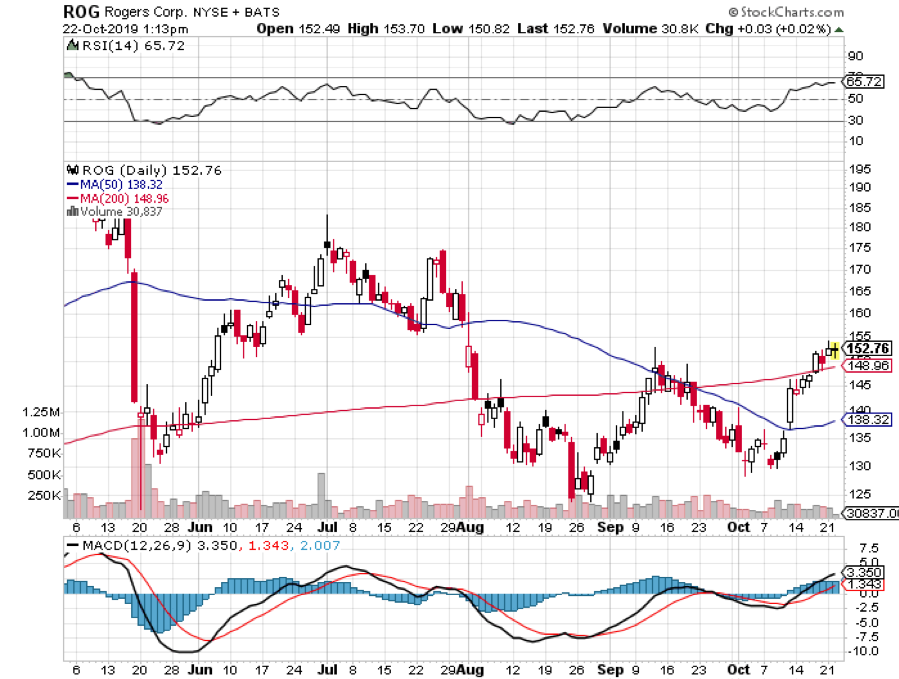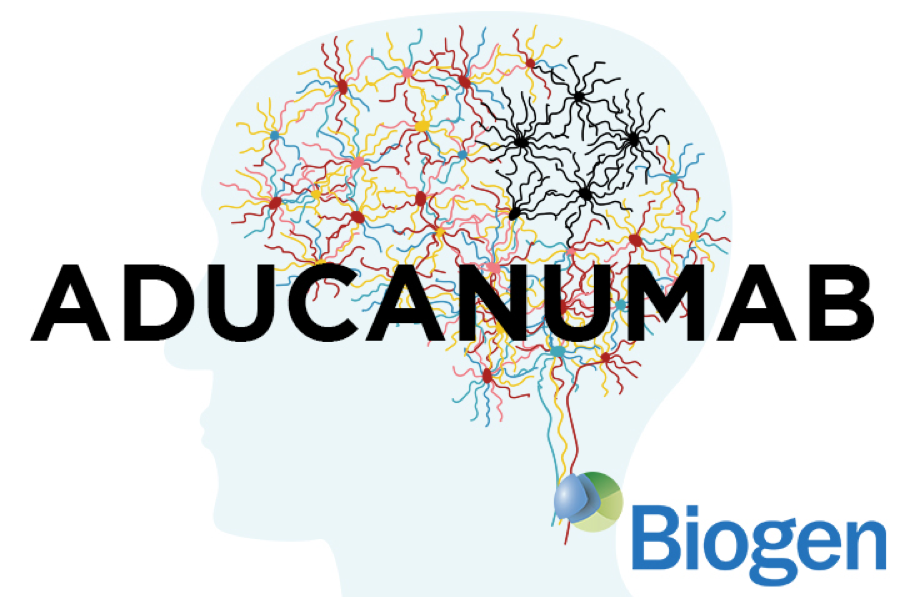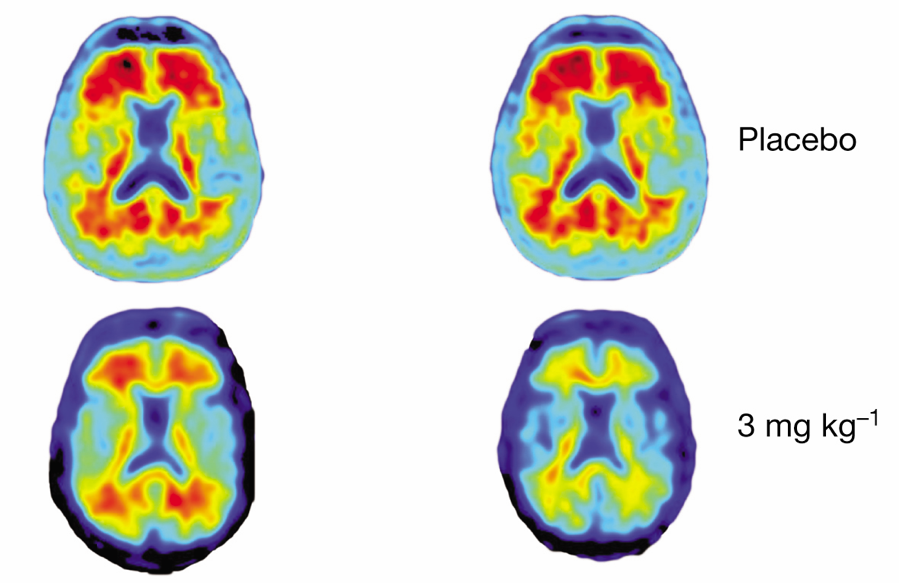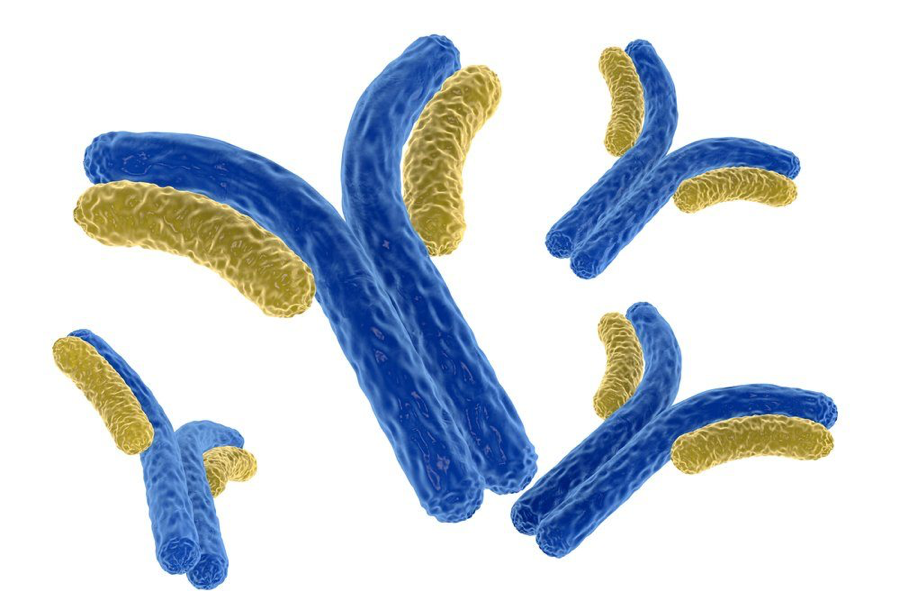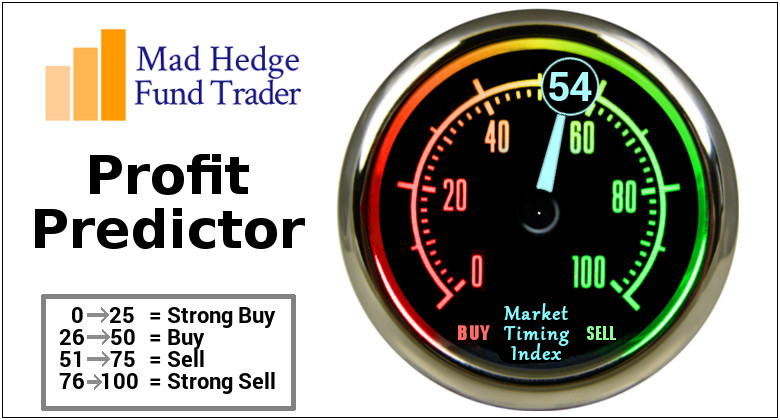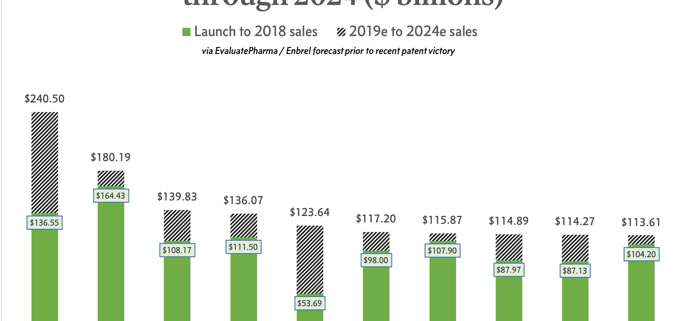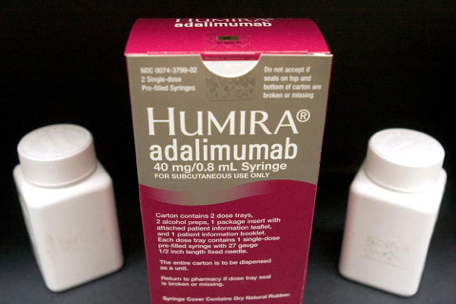No other industry has inspired fear as much as the biotech world, and no other sector of the biotech industry has garnered such mixed reactions as the gene-editing group.
At the moment, the public has been grossly undervaluing the three major companies that actually hold the power to control the foundational patents for CRISPR-CAS9 — the gene-editing technique with the greatest potential to dominate the biotech industry. These overlooked Big 3 companies are Editas (EDIT), Intellia Therapeutics (NTLA), and CRISPR Therapeutics (CRSP).
There are distinct differences between these three pioneering biotech firms. With a market value of $2.7 billion, Crispr Therapeutics (CRSP) is the first company to venture into clinical trials, attracting Vertex Therapeutics (VRTX) as one of its major investors. Editas, which has a market cap of $1.3 billion, is a close second to Crispr Therapeutics in terms of clinical trials. Despite the issues plaguing its executive department lately, the company is anticipated to eventually land a big partner to help fund its research as well.
Then there's Intellia Therapeutics (NTLA). The company, which has a market cap of $850 million, is considered the laggard in the CRISPR gene-editing world. What further fuels the ambivalence of investors is the expectation that clinical trials for its lone drug candidate won't be ready until 2020 or even 2021. The lack of flashy updates from Intellia Therapeutics has several investors wondering if this low market cap company is actually a good buy.
In its third-quarter earnings report though, Intellia Therapeutics posted revenues worth $10.62 million — a jump from the $7.41 million recorded during the same period in 2018. Aside from that, the company managed to attract Novartis AG (NOVN) as one of its major investors. Recently, the company also established a partnership with Regeneron Pharmaceuticals (REGN), which is viewed as a promising step towards bolstering Intellia Therapeutics’ growth.
Based on their recent updates, Regeneron and Intellia Therapeutics are working on NTLA-2001. This is a treatment for a rare disease called transthyretin amyloidosis (ATTR), also known as a protein misfolding disorder which causes an abnormal protein buildup in the body's organs and tissues.
While this has yet to reach human trials, the preclinical studies involving non-human primates showed an over 95% reduction of the protein in the patient's liver. Since this disease requires chronic dosing throughout the lifetime of the patient, the success of NTLA-2001 has an incredible disruptive potential for one-shot treatments of ATTR. Apart from that, this treatment will position Intellia Therapeutics as the sole dominating force in this gene-silencing sector.
As things stand today, Intellia Therapeutics may seem as if it has been straggling behind Crispr Therapeutics and Editas. However, the promising plans of the company may prove this statement false. While its move to take its time before pulling the trigger on NTLA-2001 may be frustrating for investors eager to see the results, the recent developments show that this was a necessary precautionary measure to protect the company’s potentially revolutionary delivery system. Despite the delay, this move could translate to dividends across all the drugs and treatments in Intellia Therapeutics’ pipeline in the next years.
Despite their status of being on the verge of discovering treatments for the incurable diseases, it’s baffling to watch how investors continue to sidestep these Big 3 companies, which have a measly $5 billion valuation among all three of them.
Gradually though, a number of forward-thinking investors are starting to shift out of growth names and turn into more defensive investment strategies. With this switch in style slowly making its way to the public, more and more biotech stocks are revealed to be extremely undervalued — and it’s only a matter of time before the likes of Crispr, Editas, and Intellia become a household name among investors.
While the biotech industry can be a scary place to invest in, the key to succeeding in this sector is understanding the market. It’s also advisable to diversify your portfolio. However, bear in mind that not all portfolios chock full of trials in their pipeline guarantee success. At times, a company only needs one or two promising treatments that can eventually serve as the stepping stone to 30 or more moneymakers.
Buy Intellia Therapeutics on dips, as it is the cheapest of the lot.
